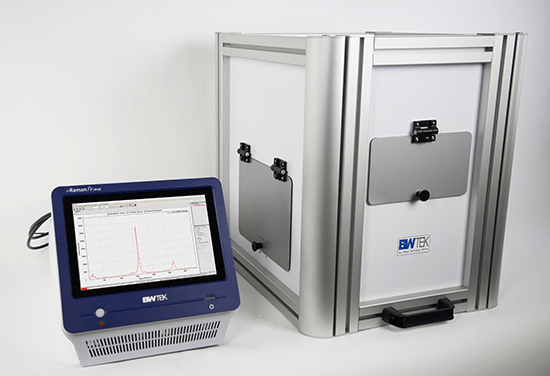Sponsored by m-oemSep 25 2019
Carbon (C) is one of the most omnipresent elements discovered, forming an essential part of all living things and being one of the infinite elements in the universe.
Carbon is a foundational element in the evolutionary scheme of the universe because of its ability to create a multitude of complex species and due to its high density. Cosmic carbon analysis is an important process in investigating the origin of life and planet formations.
The complete versatility of carbon can be seen far beyond the formation of the planetary system and at a much smaller scale.
Although total carbon analysis is still frequently used in industrial sectors to assess the carbon content of both organic and inorganic samples, advanced carbon analysis has increasingly benefited applications in the advanced materials sector.
A new definition of materials science was established in 2004 when Konstantin Novoselov and Andre Geim first isolated monolayer graphene from a graphitic sample through a process of exfoliation.
This two-dimensional (2D) allotrope of carbon was the catalyst needed for materials engineers to start utilizing the distinct characteristics of single- or few-layer atomic structures.
It is now possible to produce cylindrical sheets of concentric cylindrical structures and monolayer carbon, known respectively as multi- and single-walled carbon nanotubes (MWCNT/SWCNT).
An original approach to carbon analysis is required in this angstrom-scale engineering, assisting in the continuing expansion of advanced carbon-based materials.
Tools for Carbon Analysis: Outlining Raman Spectroscopy
When it comes to nanoscale carbon analysis, Raman spectroscopy is the preferred analytical method. It is non-harmful. Therefore it does not destruct precious samples, and it provides quantitative insights into the morphology, chemical structure, and phase of carbon samples established on non-contact methods.

Referred to as a light scattering technique, an incident laser source is used as an excitation channel to interrogate carbon nanomaterial samples.
Light scattered from molecules in a sample may be modulated by molecular vibrations and scattered at an alternate frequency (Raman scattering), or it may assume the same frequency as the incident light (Rayleigh scattering).
Traditionally, the former occurs on an incredibly small order (around 0.0000001%). This small frequency modulation arises from molecular vibrations, and is an indication of chemical composition at the scale of the atomic lattice.
A major part of modern carbon analysis is evaluating the Raman spectra of nanomaterials. D-, G-, and G’-Bands in the Raman spectra of carbon nanomaterials are a measure of their degree of order, and an important quality characteristic of graphene. This provides comprehensive insights into the microstructure and crystallinity of carbon samples at the molecular level, making it the perfect tool for carbon analysis in control processes and quality assurance for advanced materials engineering.
Challenges of Carbon Nanomaterial Analysis
One of the persistent difficulties of modern carbon analysis is the ongoing development of manufacturing and design processes. There are plenty of techniques now available for synthesizing single- and few-layer carbon structures, from exfoliation and chemical vapor deposition (CVD) to novel bottom-up approaches.
Carbon analysis in such a varied research area requires Raman spectroscopy with enough versatility and accuracy to fulfill the distinct needs of present-day 2D materials research.
Carbon Analysis with B&W Tek
B&W Tek is a specialist in portable Raman spectroscopy for efficient carbon analysis in pioneering materials science research. The company provides the well-respected i-Raman instrument range for high-throughput screening of carbon nanomaterials in different formats.
This small footprint device is perfect for difficult working environments with plenty of previous instrumentation, which needs further help from an industry-leading portable Raman method.
Discover more about the Portable Carbon Raman Analyzer from B&W Tek, and read about graphene analysis in action with its portable Raman spectrometers in the article Graphene Raman Analyzer: Carbon Nanomaterials Characterization.

This information has been sourced, reviewed and adapted from materials provided by B&W Tek.
For more information on this source, please visit B&W Tek.